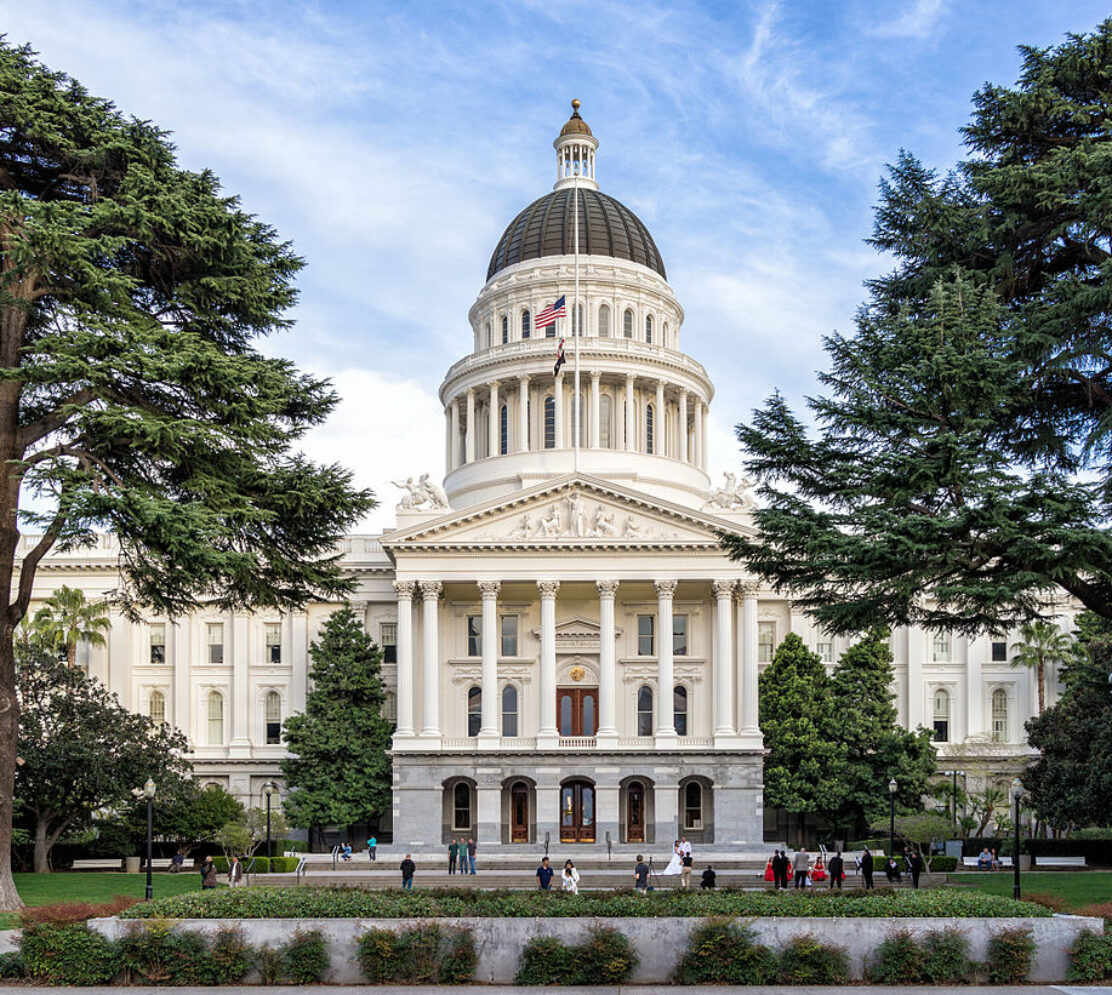Yesterday CALmatters ran an editorial by Dan Walters called, “California tax revenue is soaring.” You can read it here. The Santa Cruz Sentinel published it today, but it seems to be behind their paywall.
Anyway, the thesis is that tax revenues are soaring, and shame on “Democratic politicians and their allies in public-employee labor unions” for not acknowledging that fact and instead continuing the “drumbeat of impoverishment [that] is clearly aimed at persuading Californians, particularly voters, that vital services can be rescued from imminent collapse only be raising taxes.” To prove his point (at least with respect to “soaring” revenues) Mr. Walters notes that 2018-19 state revenues were “a whopping 71.5% more than the state was collecting a decade ago.”
True enough, but it seems there are a few things that Mr. Walters prefers not to acknowledge himself. Like, for example, the fact that a decade ago it was 2008-09, when California and the nation were in the depths of the Great Recession and state revenues took a dramatic dive. In fact, revenues plummeted more than $15 billion from the prior year. So, much of the “whopping” increase that he cites was used to restore whopping cuts that the state was forced to make during those years.
In fact, if we use 2007-08 instead of 2008-09 as the base year, then the increase in state revenue is only 37%, even though this is an 11-year instead of a 10-year time span. This is a little more than 3% per year, and far less than the 71.5% that Mr. Walters uses. It’s worth noting that, during that same time, California personal income increased 56%, so it can hardly be said that rising state revenues (which come mostly from the personal income tax) are taking a bigger percentage bite out of our pocketbooks.
Of course, Mr. Walters lays much of the blame for this greed on K-12 schools and their “skyrocketing” pension costs. He states (wrongly, of course) that schools have “benefited from ever-rising property-tax revenues.” Anybody who has taken California School Finance 101 knows that only a very small number of “basic aid” schools benefit from increased property tax revenue. For all other schools an increase in local revenue is offset by a decrease in funding from the state. But it’s a good line to use if you want people to believe that schools are drowning in money.
